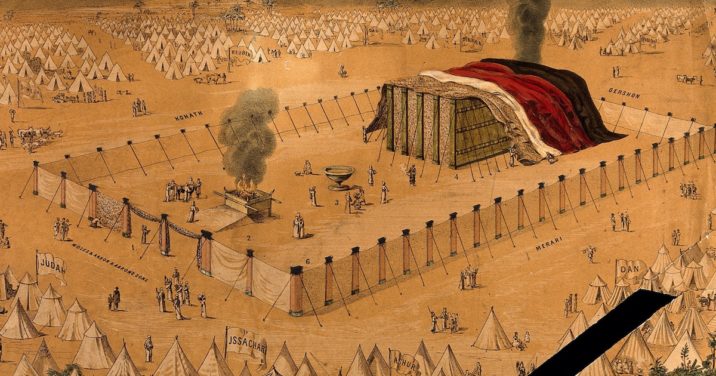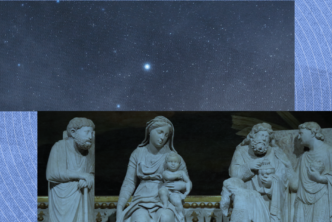One of the privileges I have as a pastor is getting to meet new people almost weekly. When we meet someone new, like when folks visit my church, there’s a set of questions we typically ask: What’s your name? Where are you from? What do you do? These help us get acquainted.
The gospel accounts open up by answering similar questions: Who is this Jesus? Where did he come from? What is he here to do? Like a prequel to your favorite superhero movie, the Gospels provide us Jesus’ “origin story” to clue us in to who he is and what his mission is. But unlike Matthew, Mark, and Luke, which begin with Jesus’ earthly life, the Gospel of John starts farther back, even beyond history and time itself. John’s origin story begins in eternity.
Incarnation in the Bible
Because of this, it’s no surprise then that John 1:1–18 contains one of the richest, if not the richest, theological descriptions of Christ in all of Scripture.
He is eternal, “from the beginning” (1:1), harking back to Genesis 1—the one through whom God created all things (v. 3). He was with God (therefore distinct) yet was God (therefore consubstantial)—the very grammar that eventually gave rise to the doctrine of the Trinity (v. 2). As God enfleshed (v. 14), Jesus reveals God (1:18; cf. 14:9). He is called the Word (1:1, 14), God’s self-communication, now in human form.
This is the underlying identity of that same Jesus we’ll encounter in the remainder of John’s Gospel. Mind-blowing!
Yet at least one more description captures our attention. Using Logos’ Text Comparison Tool, we can see that most translations render 1:14 as, “The Word became flesh and dwelt among us.” The Greek word translated “dwelt” here was once a word picture meaning something like “to pitch one’s tent.” It is quite likely that John is making a play on words and therefore a reference to the tents or dwelling places in which God manifested his Shekinah glory in the Old Testament—that is, the tabernacle (Exod 40:34–38) and temple (1 Kings 8:10–11). John continues by saying that “we have seen his glory” (1:14) now in Jesus, God’s true tabernacle. Jesus is where God’s presence is found and where God’s glory is seen.
In the past, God realized his unique presence with his people through the tabernacle, and later the temple—its more permanent replacement. Through these institutions and their animal sacrifices, God dealt with the pollution (uncleanness) of sin, carving out a space for him to dwell among sinful people. But in the incarnation—the act of God becoming man (1:14)—God’s presence took up residence among us, not in the form of a tent (tabernacle) or building (temple) but now as a person: Jesus Christ. In fact, Jesus is a more literal tabernacle than the tabernacle and temple ever were—mere shadows of the reality that was to come.
The incarnation in the Bible the end to which the tabernacle pointed, the completion of God’s tabernacling program. Jesus is the fulfillment of God’s Old Testament interventions to reestablish his dwelling among sinful humanity. In him, once again, we commune with God. Through the sacrifice of himself, the pollution of our sin is definitively dealt with; so we have eternal, unshakable peace with a holy God!
***
The article about the incarnation in the Bible by Kirk E. Miller was adapted from the March/April edition of Bible Study Magazine. Kirk is a pastor at CrossWay Community Church in Milwaukee, WI. He hosts the Church Theology podcast. You can follow him at kirkmillerblog.com.
Related articles
- Logos Bible Software: What It Is and How It Deepens Your Study
- 7 Reasons Getting a Logos Legacy Library Is a No-Brainer
- Here’s Your Secret Weapon to Reach Bible Study Goals
Related resources
- What Is the Incarnation? by William B. Evans
- The Incarnation in the Gospels (Reformed Expository Commentary | REC)
- Christ in the Tabernacle by W. W. Rugh





